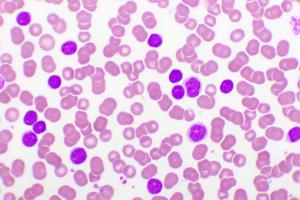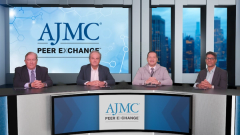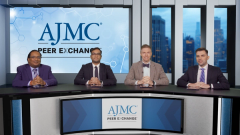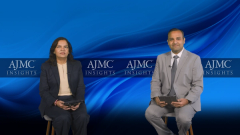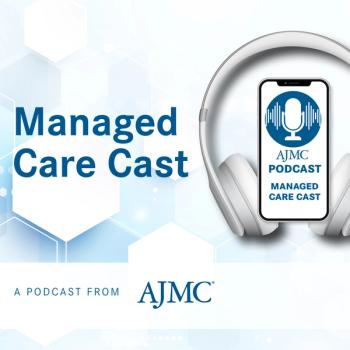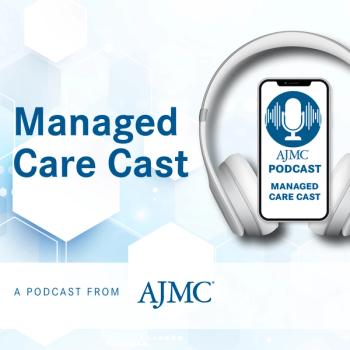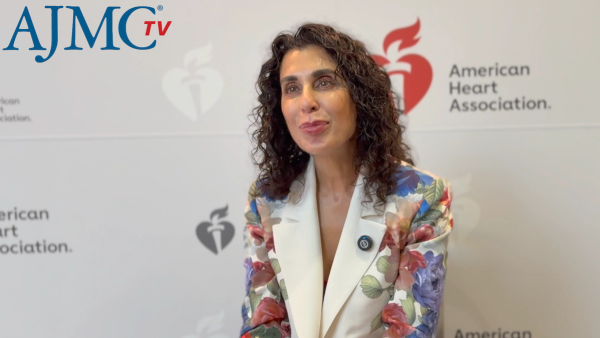
Conference Coverage
about 13 hours ago
ICYMI: Highlights From ASCO 2025about 14 hours ago
HFpEF Often Missed in Women Due to Diagnostic Bias: Martha Gulati, MD3 days ago
ICYMI: Highlights From AMCP 2025Latest Content

Shorts






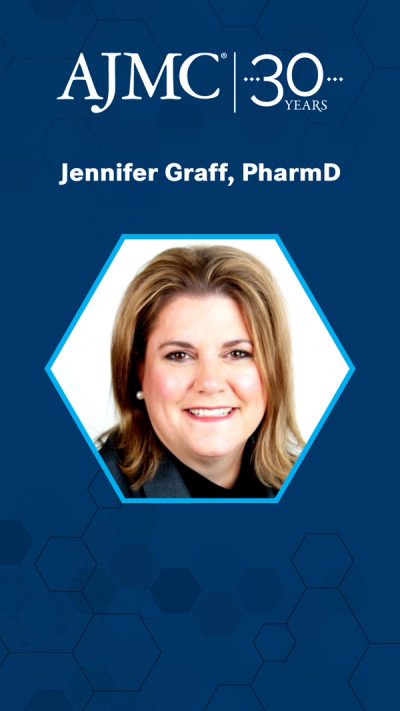



Podcasts
Center on Health Equity & Access
Continuing Medical Education
All News

The cardiac myosin inhibitor is expected to be available in the US in the second half of January 2026.
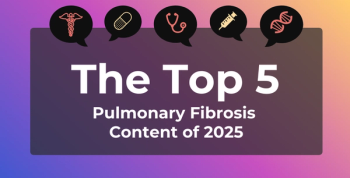
A look back at the breakthroughs in pulmonary fibrosis research, including FDA-approved treatments and innovative diagnostic techniques.
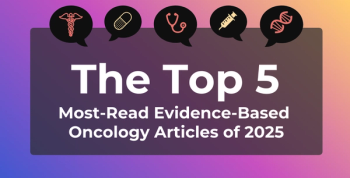
Advances in radiopharmaceuticals, precision medicine, and the importance of diversity in clinical trials for multiple myeloma and cancer care were among the most popular articles with readers in 2025.

Studies indicate that ultrasound-based AI models significantly outperform sonographers in diagnosing ovarian cancer.
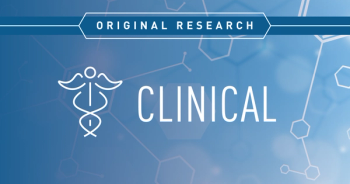
A greater proportion of patients with type 1 diabetes who used automated insulin delivery systems vs multiple daily injections achieved the Healthcare Effectiveness Data and Information Set (HEDIS) glycemic measure.

This study found that certain characteristics in linked electronic health record data across episodes of care can help identify patients with Alzheimer disease and related dementias at high risk of 30-day readmissions.

Fuzuloparib extended progression-free survival, regardless of the addition of apatinib in patients with newly diagnosed advanced ovarian cancer.
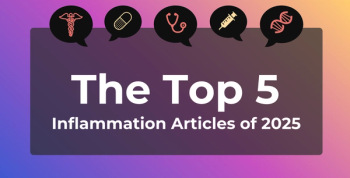
This year's top inflammation article highlighted the first FDA-approved treatment for patients with bronchiectasis.
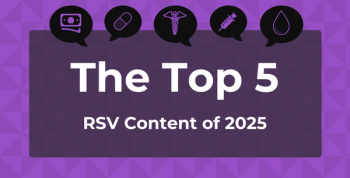
Our top RSV content of 2025 included how nirsevimab and clesrovimab changed RSV prevention among younger patients, as well as the positive impact of RSV vaccination in older individuals.
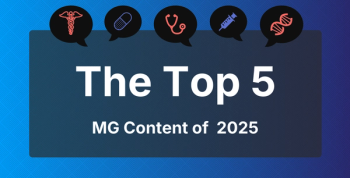
Discover the latest breakthroughs in myasthenia gravis treatment, including rozanolixizumab and nipocalimab, and insights on disease burden and dysphagia indicators.




